Baldur’s Gate 3 has seemingly captured the hearts of every gamer with a semi-decent PC and even a marginal interest in RPGs – and when looking at the game in terms of numbers, it’s evident as to why. Baldur’s Gate 3 offers hundreds of hours of unique experiences, thousands of different endings, fascinating and profound relationships with exciting characters, limitless character builds, and ostensibly endless side quests.
It’s a D&D enthusiast’s dream game, but it fell short for me… at least the first time. I put about 20 hours into my first Baldur’s Gate 3 character before writing the game off. I couldn’t stand all of the luck-based mechanics, and my contact failures made it hard to play this apparently malleable game the way I wanted to.
But then I felt the urge. A dark urge. One that would draw me back to the game and keep me there.
The Beginning: Beleth Entropy
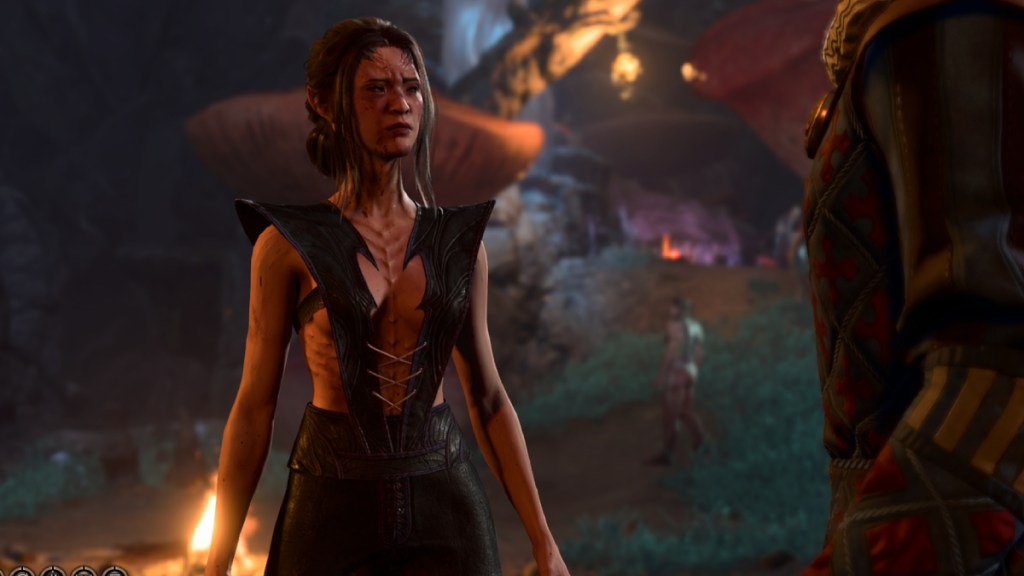
Enter Beleth Entropy, my beloved first character. A Tiefling Warlock who specialized in persuasive magic. As charismatic and charming as can be, Beleth was going to take on Baldur’s Gate with her words and a ragtag group of friends, avoiding any conflict where possible.
Yeah, that didn’t work.
Instead of my picturesque Disney adventure, I was repeatedly beaten to a pulp. A notable moment was when I rolled a nat 20 – also known as a critical success – to convince Minthara that the druids were camping out in a different part of the forest. Giddy and proud, I awaited her response, only to be instantly deflated when she said, “No, you’re wrong. We already checked there. Try again.”
Despite critically succeeding on a check for a skill my character excels at, I failed. And since I stacked my character to be as charming as possible, I was left useless in battle, often hiding behind Karlach, helplessly watching my friends die.
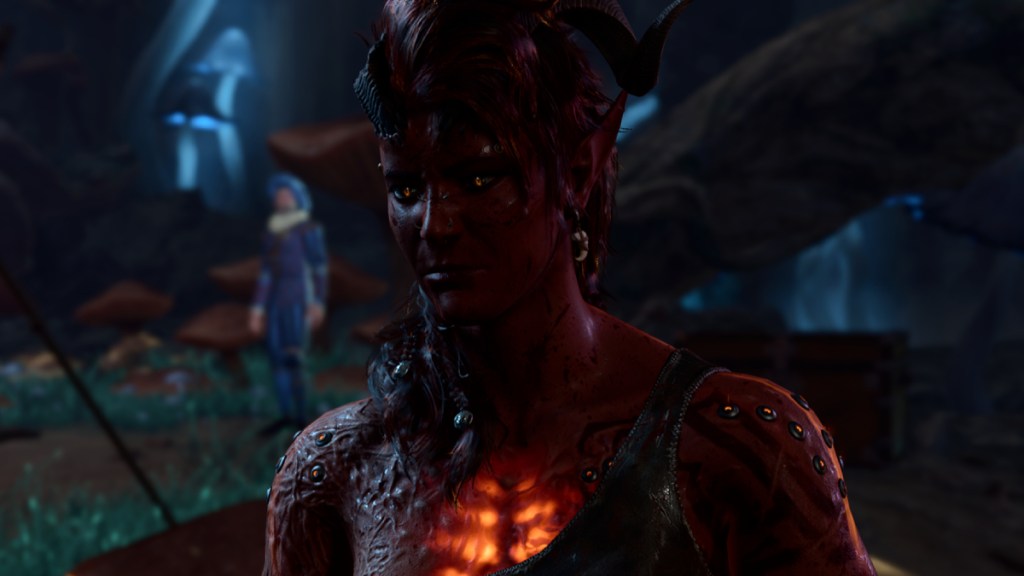
This led to a lot of save scumming, especially when in combat. I grew increasingly infuriated with Baldur’s Gate’s dice system. 70%-90% chances to hit felt like 5% chances, often succeeding with more 15%-25% chances. Not only did Beleth suffer defeat, but so did my soul. I couldn’t be the good person I wanted to be, and it was killing any enjoyment I had for BG3.
It was sad to leave Beleth behind. I found a lover in Shadowheart and a friendship with Wyll and Karlach. I wanted to do good and prove to my companions that issues can be resolved with effective communication. But Larian didn’t want me to play that way, and therefore Beleth was as useful as Charlie Brown’s teacher.
Redemption: The Darkest Urge
So I stopped playing the game for about three days, but something in the back of my mind kept telling me to give it another try. Or maybe it was just my coworkers discussing how much fun they were having. I felt like my enjoyment boiled to luck, and since luck wasn’t on my side, I wasn’t having a blast.
That’s when I discovered the Dark Urge. For those unfamiliar, the Dark Urge is an origin character that essentially puts you in the shoes of a serial killer. You’re opting to be the bad guy and, in turn, are provided with malicious and evil choices you wouldn’t have otherwise.
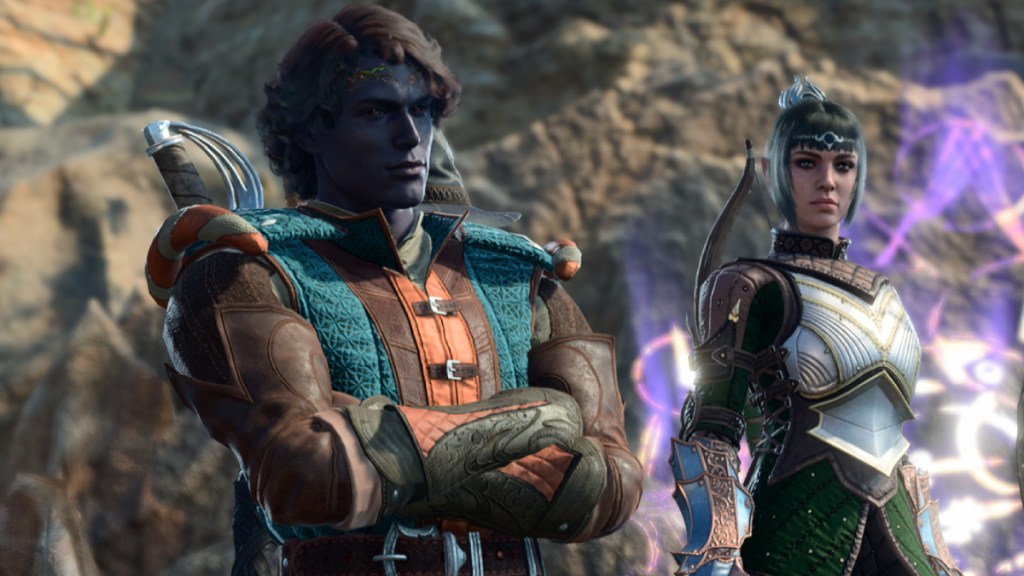
I don’t want to spoil all of these choices for you but just know that within three hours of playing my new character – Camille Daltocis – I had already experienced more emotional and compelling story elements than I did in the first 20 hours with Beleth.
I would sit in my chair and squirm as Camille cut off the hand of helpless Gale or writhe with discomfort as he snapped the neck of Minthara. She had just exposed herself to him, celebrating their victory over the druids and tieflings with a night of passion, only to be betrayed at her most vulnerable moment.
It was a horrible scene to witness, and I was the one who made it happen – and although these moments made my stomach churn, I wanted to know how dark Baldur’s Gate 3 could get. I wanted Camille, my devilish Drow Rogue, to become one of the most infamous killers. While Beleth refuses to use Illithid’s powers, Camille embraces them, reveling in the disgusting powers he was amassing.
I’m not sure if it was how I built my character or if Lady Luck was finally on my side, but combat encounters were much more satisfying. I wasn’t missing attacks nearly as frequently, and when I did, it didn’t bother me. This could be because I didn’t care if my party members died. I only cared about Camille’s well-being, often using my companions to shield him from damage.
Oh! And loot is good too. Do you know how much loot every NPC carries? A lot! The biggest perk of being “the worst guy” is that there are plenty of dead bodies around, and dead bodies mean pockets, and pockets mean new, cool stuff.
The End: A Lingering Urge
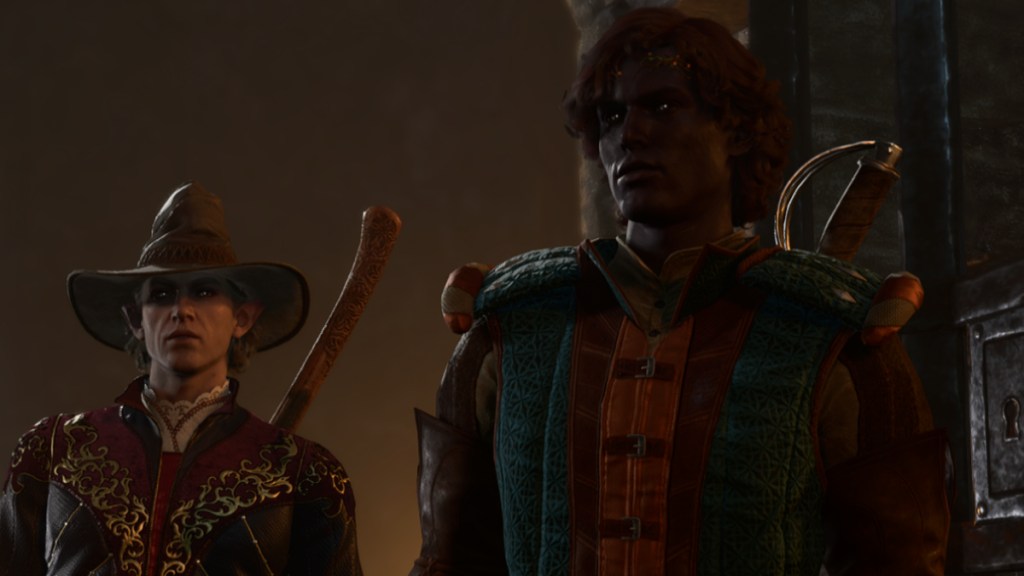
Suffice it to say, I love Baldur’s Gate 3 now. And it’s almost a bit concerning.
This past weekend, I didn’t touch the game. Not out of choice; I just had a lot going on. But at several points over those three days, I felt the urge to dive back into Baldur’s Gate. I felt pulled to command Camille to carry out more heinous acts. I had already left the Emerald Grove and the Goblin Camp devoid of life… what more could I do?
This feeling isn’t a new one by any stretch. Everyone has played a game they’ve fallen for and can’t stop thinking about – but Baldur’s Gate 3 feels different.
Take Skyrim, for example. If you’ve put any time into that game, you know the urge you have when entering White Run. You quicksave, kill everyone in the town, and then reload the save just to see if you can do it. But you don’t usually play an entire game that way.
Baldur’s Gate 3’s Dark Urge storyline is fascinating as it actively encourages you to be the worst person imaginable. You extort, violate, and murder your way to victory, and it’s like trying to look away from a trainwreck. I hate what Camille is doing. It makes me so uncomfortable, and I often ask why Larian is letting me do these things…
But I just have to see it through to the end.

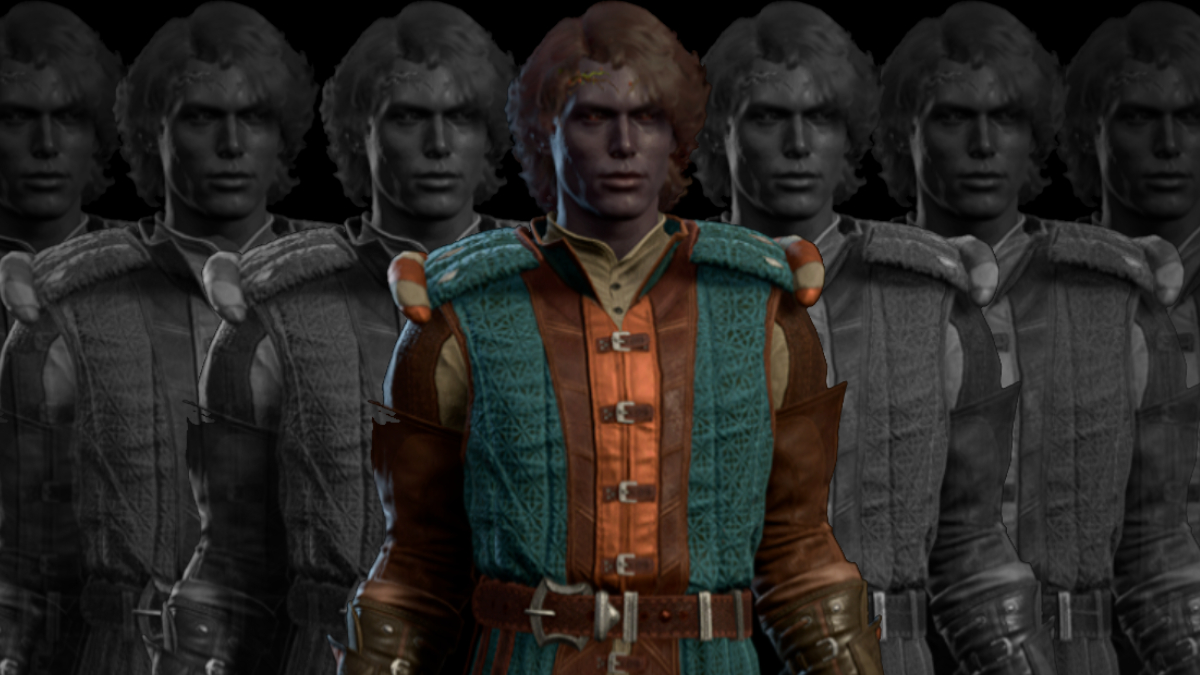
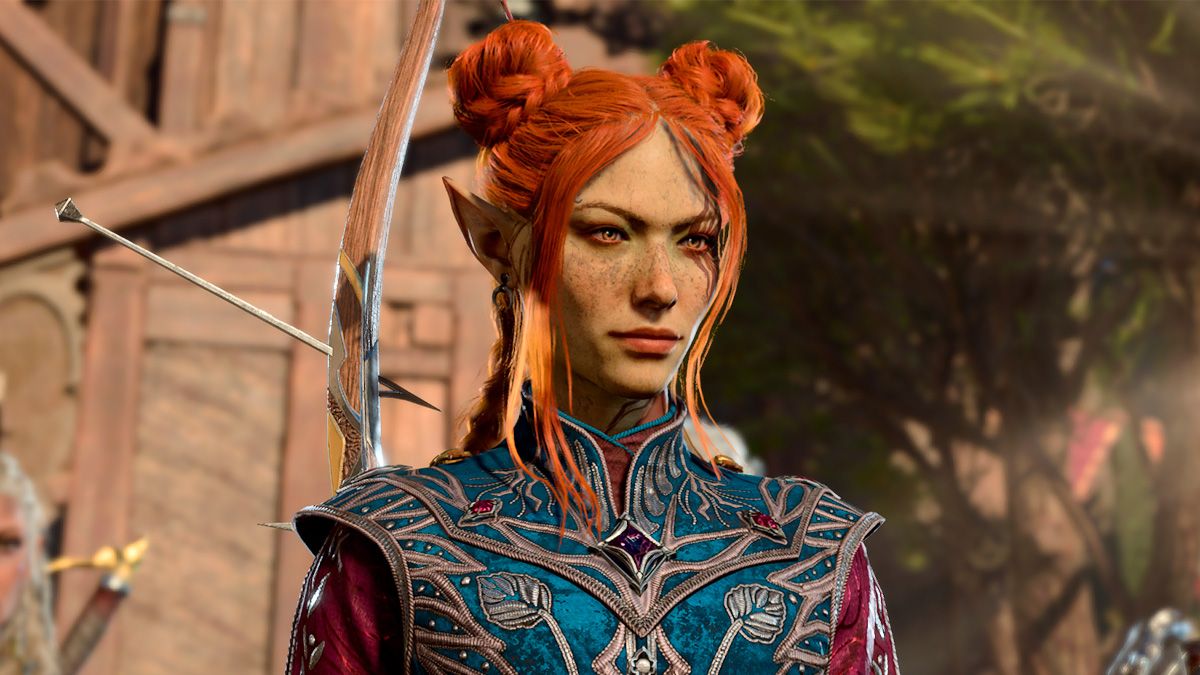
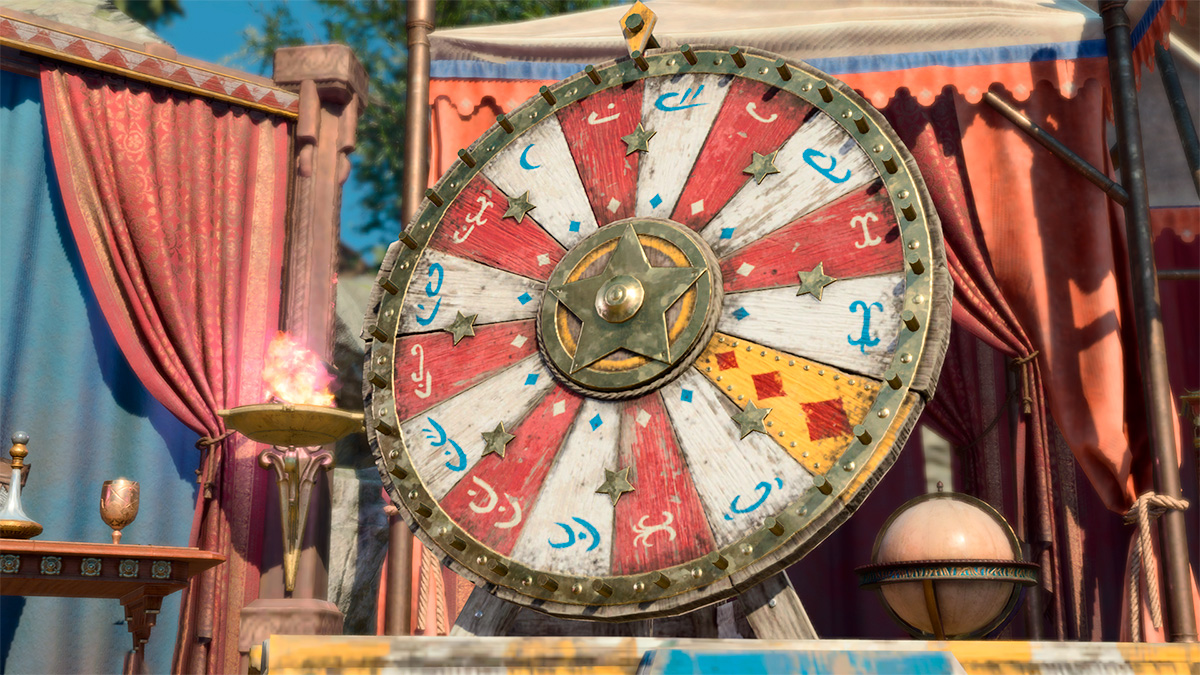
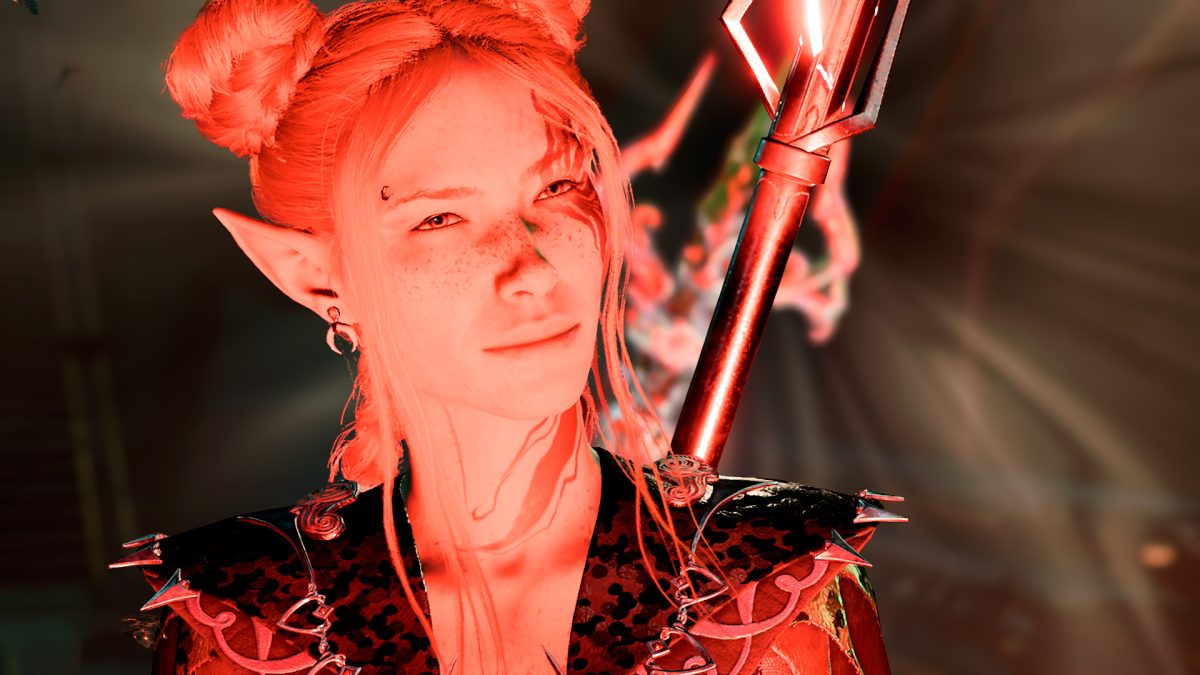
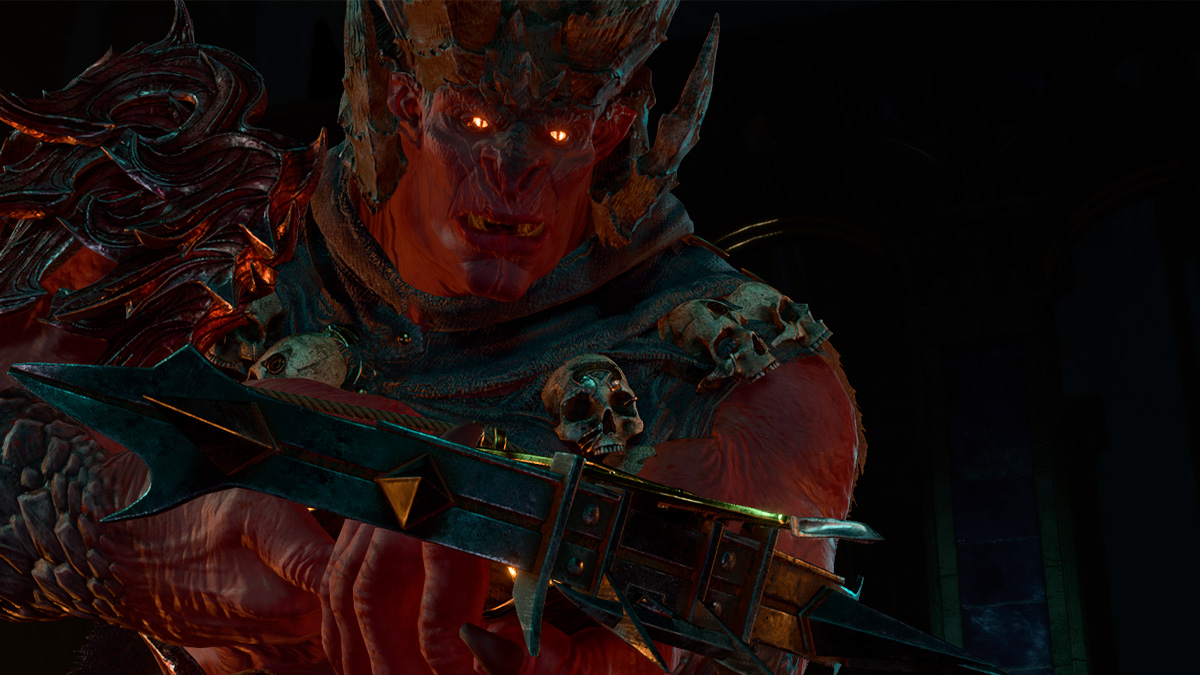
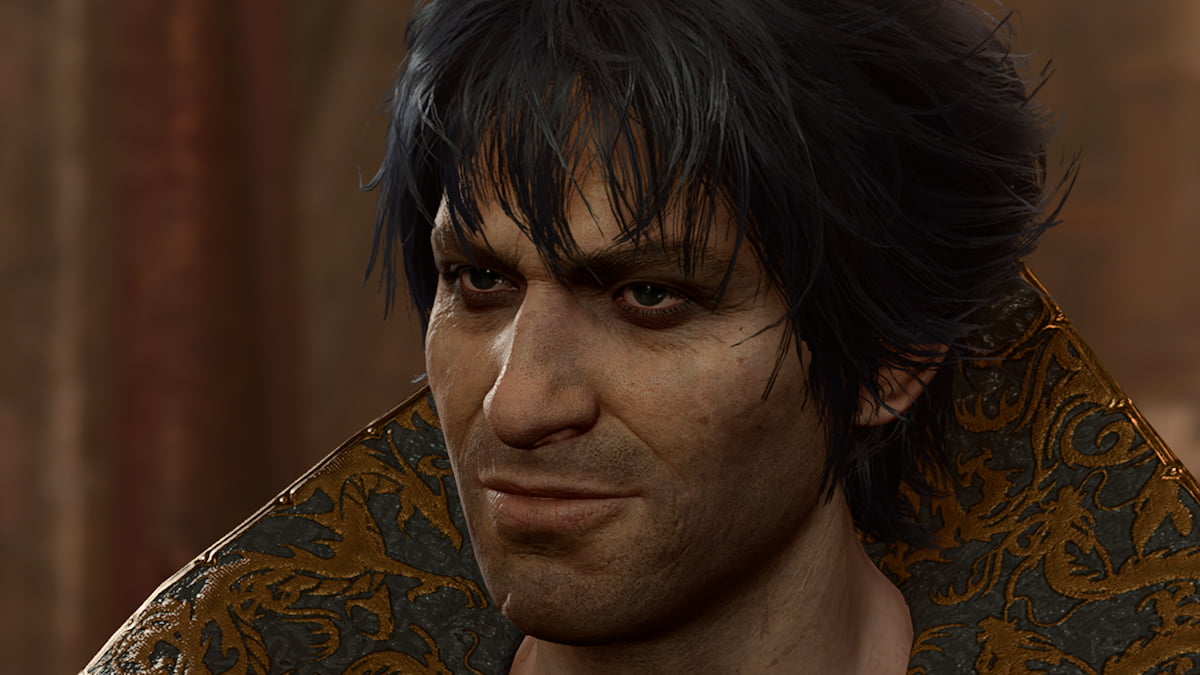
Published: Aug 14, 2023 03:28 pm